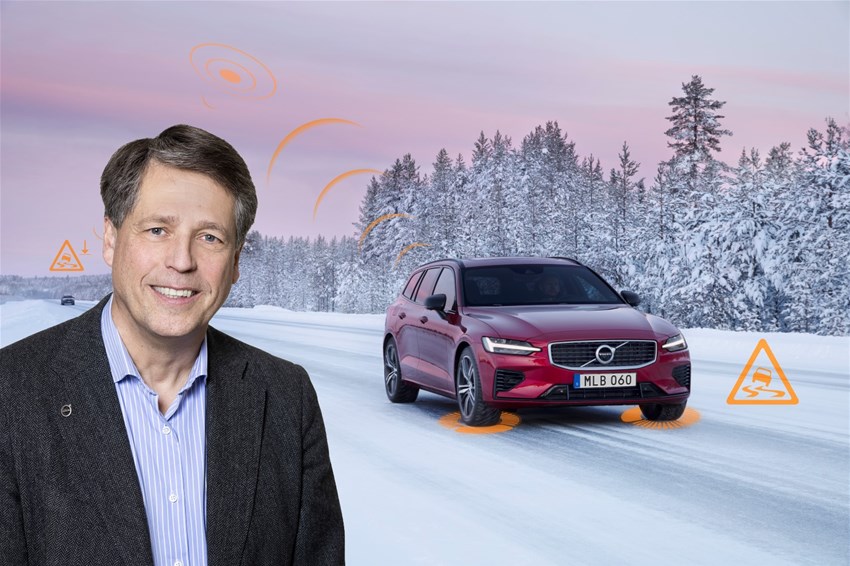Volvo Senior Research Engineer Per-Lage Götvall on AI and Automation
Per-Lage Götvall is Senior Research Engineer at Volvo. He initiates, drives and coordinates research activities in the area of flexible manufacturing. His responsibilities include project planning, detailed technical discussions and collaborations with other companies in the fields of management, production engineering, computer vision, autonomous vehicles, AI and mechatronics.

What exciting developments is Volvo working on around AI and automation?
In the field of flexible manufacturing, we see the future as humans working together with robots. When we say “robots,” this could mean traditional robot arms working alone or side by side with humans, or autonomous transporters working in the same environment as human operators.
We aim to create a unified environment where humans and robots are working on equal terms. In other words, while safety is of utmost importance, the human and robot have equal responsibility in the relationship. When we work with other humans, we are obligated not to hurt or injure them. The same is true when working with robots. We must work responsibly with these machines. This is a new way of looking at safety and the relationship between robots and humans.
As a part of this, we are working with Generic Photogrammetry-based Sensor Systems (GPSS) to give machines the ability to see. Very often, cameras are placed on top of robots so they only see where they’re looking, which creates a funnel and leaves a lot of room for error. Now, we are placing many cameras in the ceiling and stitching their pictures together for a complete (and safer) view.
It is interesting, because in a way, industry is behind society in adopting new technologies. We have no concerns, for example, about having automated vacuum cleaners in our homes, but if you introduce that type of technology in industry, people raise concerns about it not being safe enough. Why are we more eager to use automated technologies at home but not at work?
We are working to create safer and more efficient working relationships between humans and robots, and to demonstrate to society that modern collaborative robots have lower risk than many other activities we consider normal. We let children ride horses but are concerned about skilled adults working side by side with autonomous robots, when collaborative robots are much safer and more predictable than horses! We are working on the social and cognitive aspects of this issue as well as the technical.
Does this work factor into climate change and/or the circular economy?
It depends on the technology you are making and for what purposes. At Volvo, we have a business branch called remanufacturing: taking in used components, such as engines and gear boxes, tearing them apart, replacing worn out parts with new/renovated ones and putting them together again. This is good for the climate and also contributes to the circular economy. We are continually working to reduce the amount of energy it takes to remanufacture, making the entire process smother and faster.
Volvo is also developing various kinds of autonomous vehicles, allowing us to remove the large and heavy cab, for example. We (Volvo) are reducing the material used by 30% (which reduces weight and energy consumption).
Will students have a chance to connect with Volvo? In what ways?
I see great opportunities in AI and automation. Volvo is dependent on dedicated and ambitious people with the knowledge of these new technologies. It’s developing really fast. Our relationship with academia is very beneficial. I think it’s great that we can learn from students and they can learn from us.
What skills do you expect graduates of these programmes to have?
Sensor fusion, the ability to draw conclusions from various sources of information, all aspects of computer vision, mastering various methods of offering AI, and, of course, everything in real time.
Is there anything else you’d like students to know?
It's great fun being an engineer in this field!


